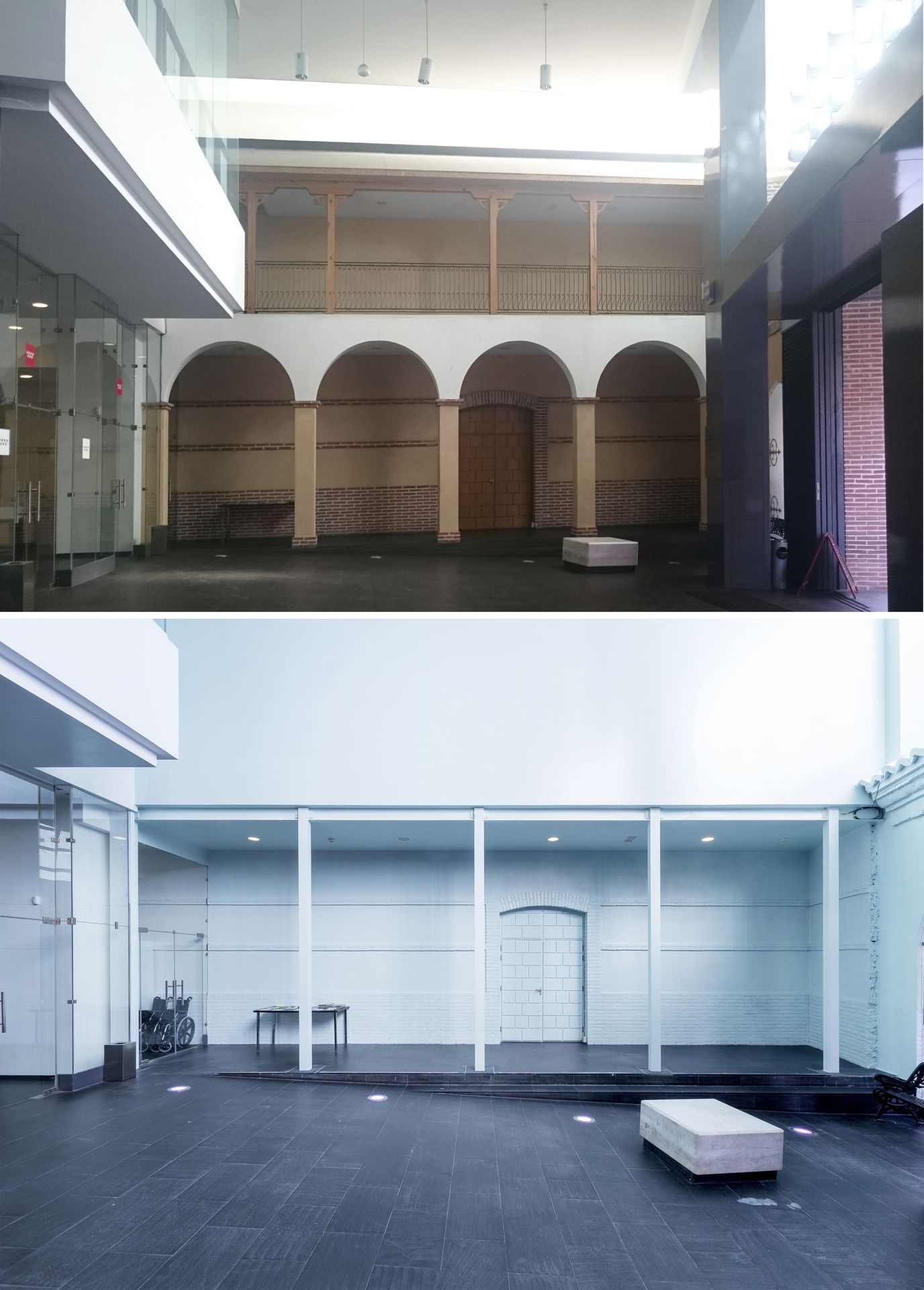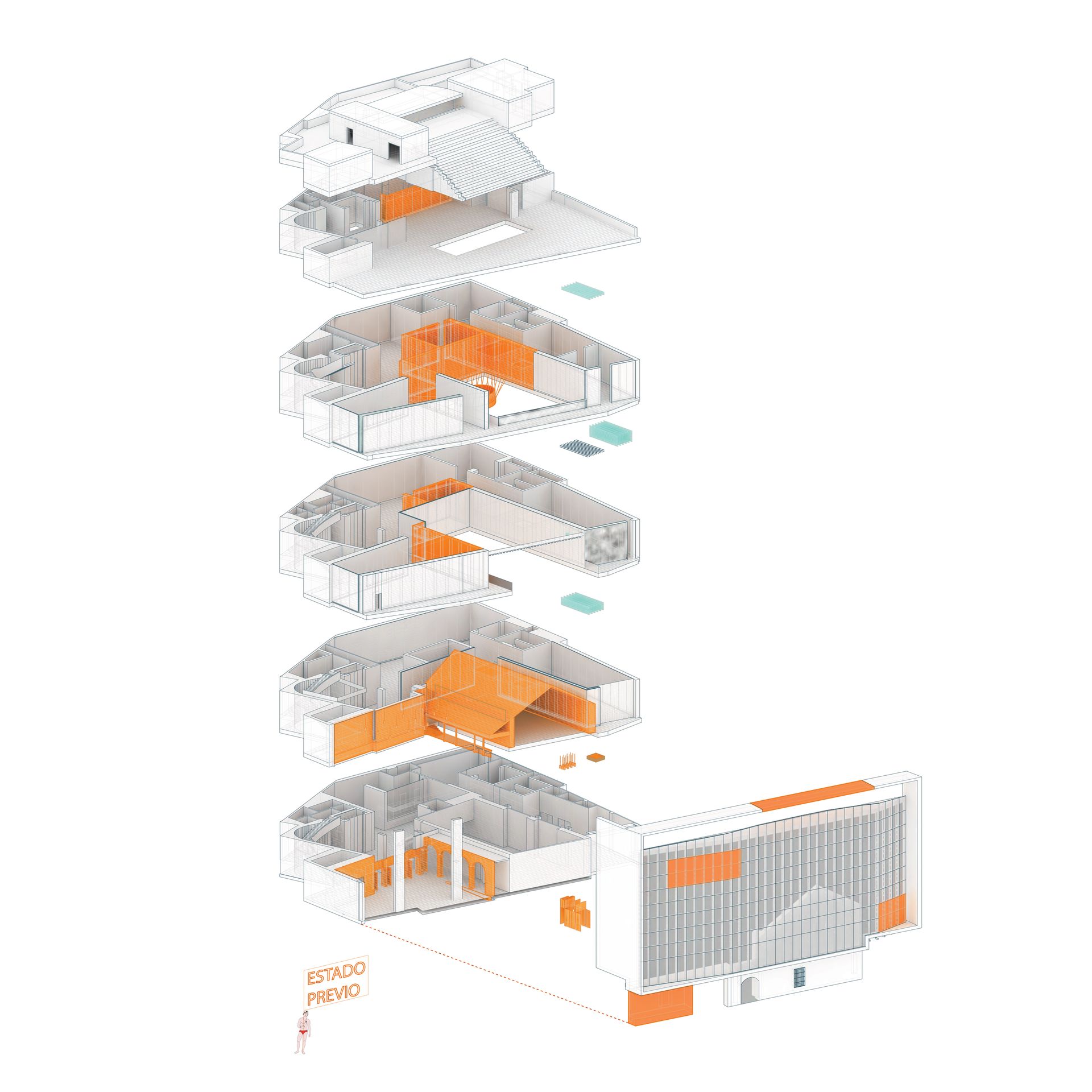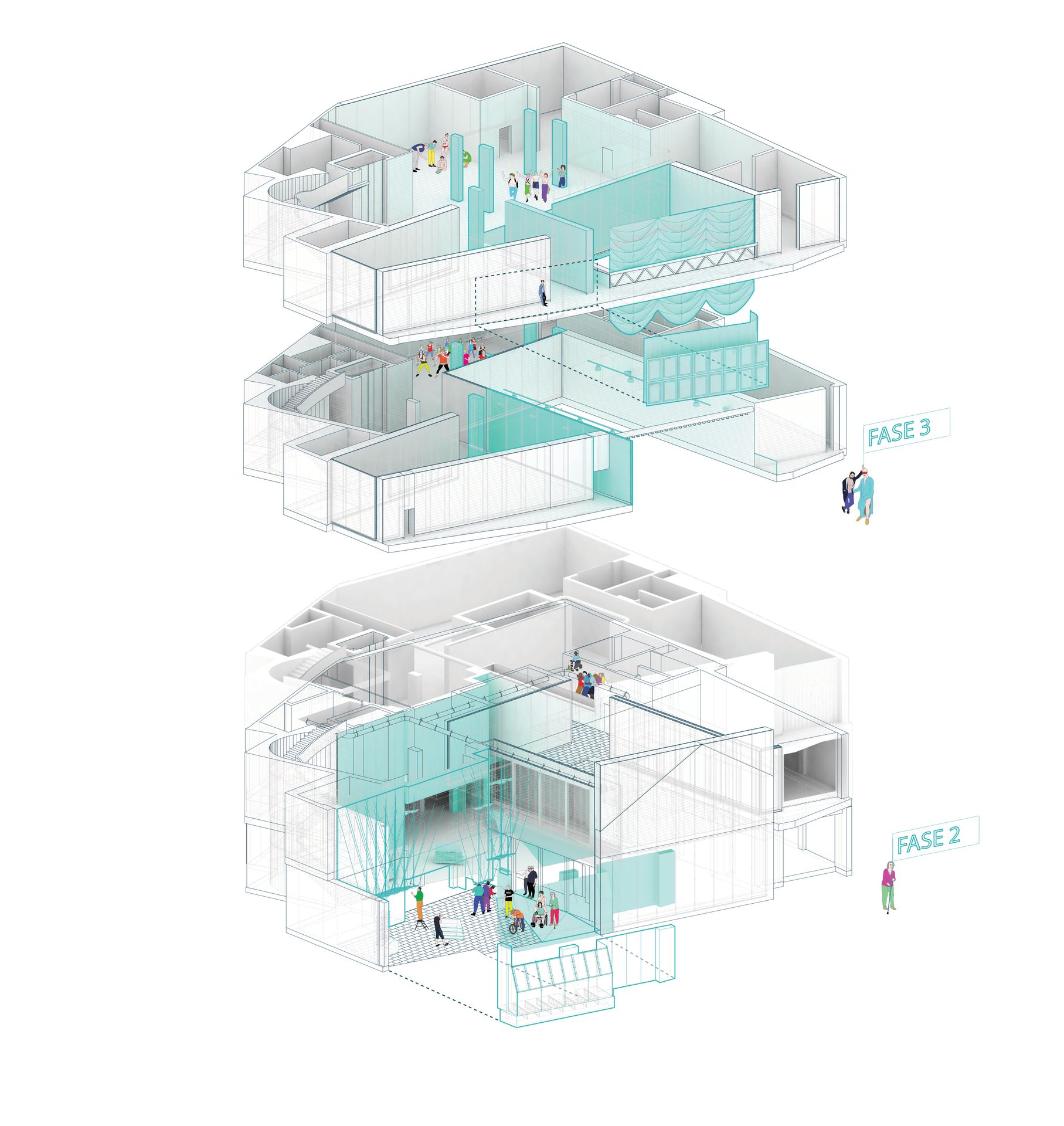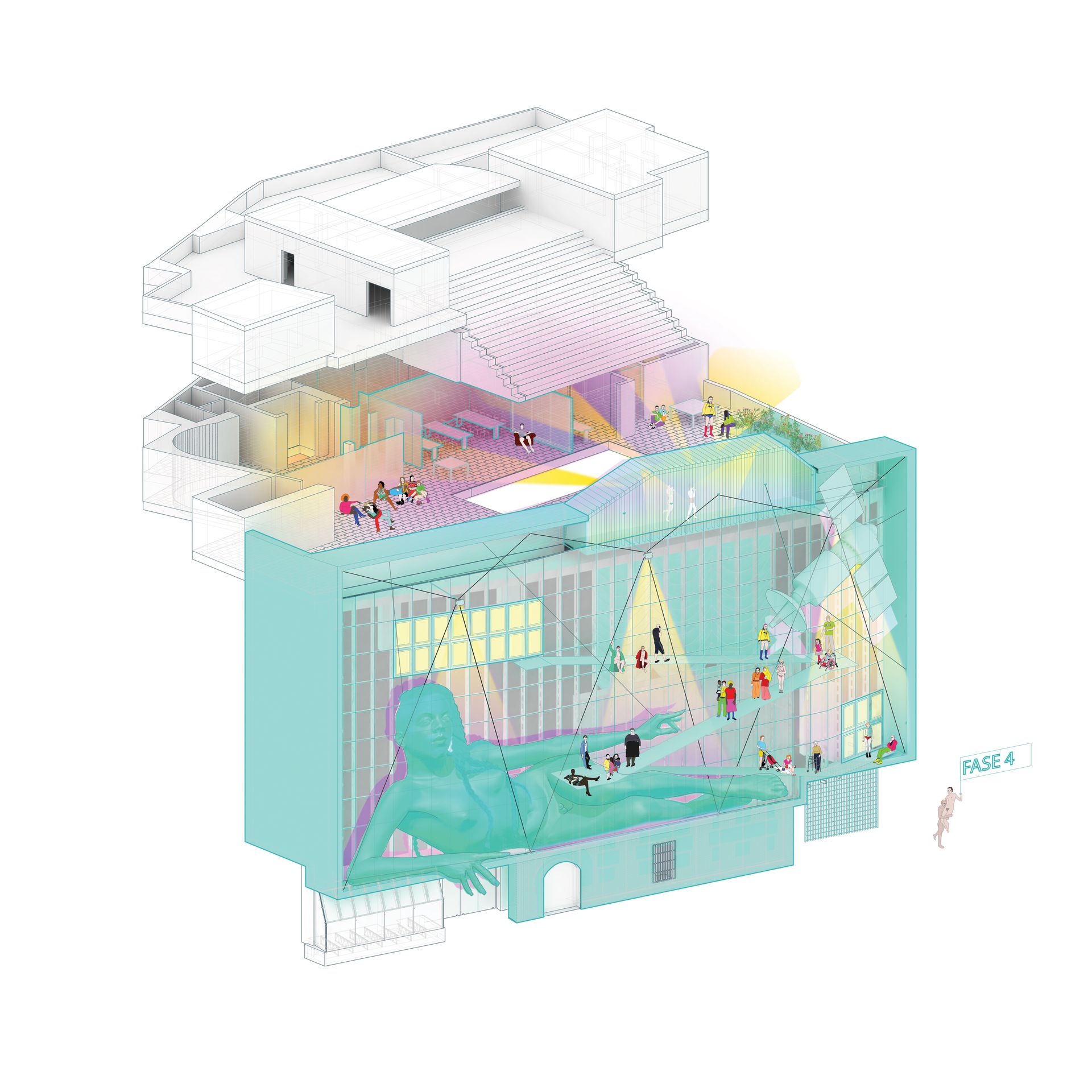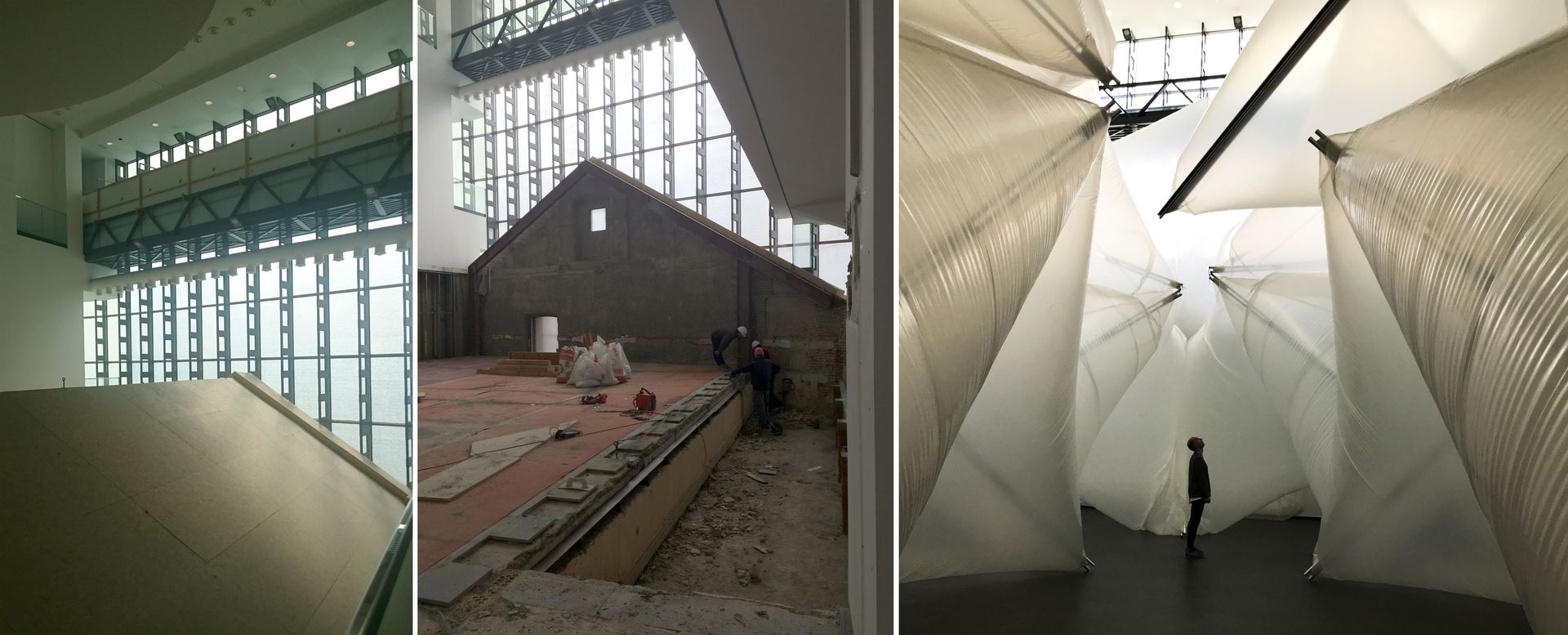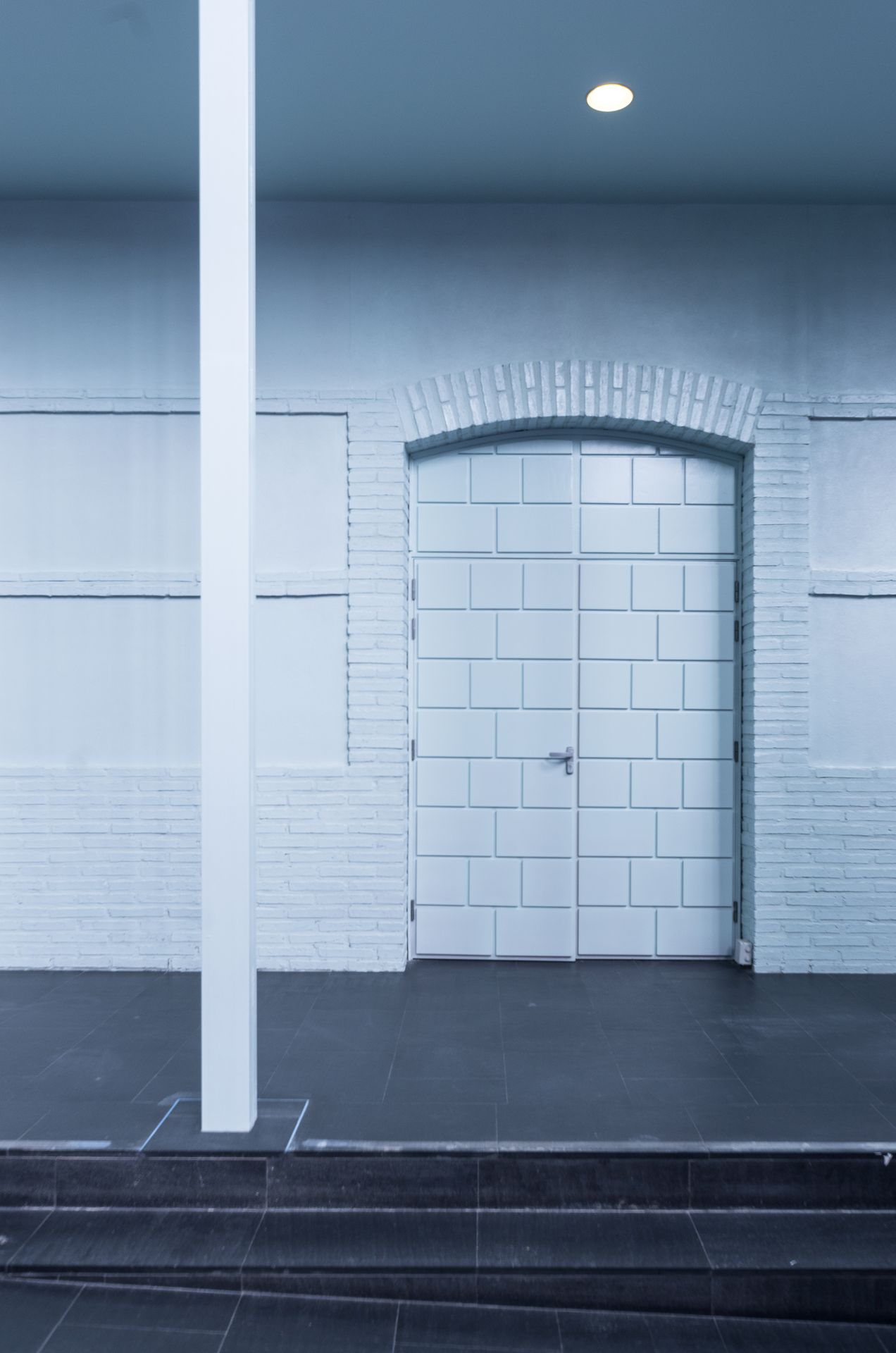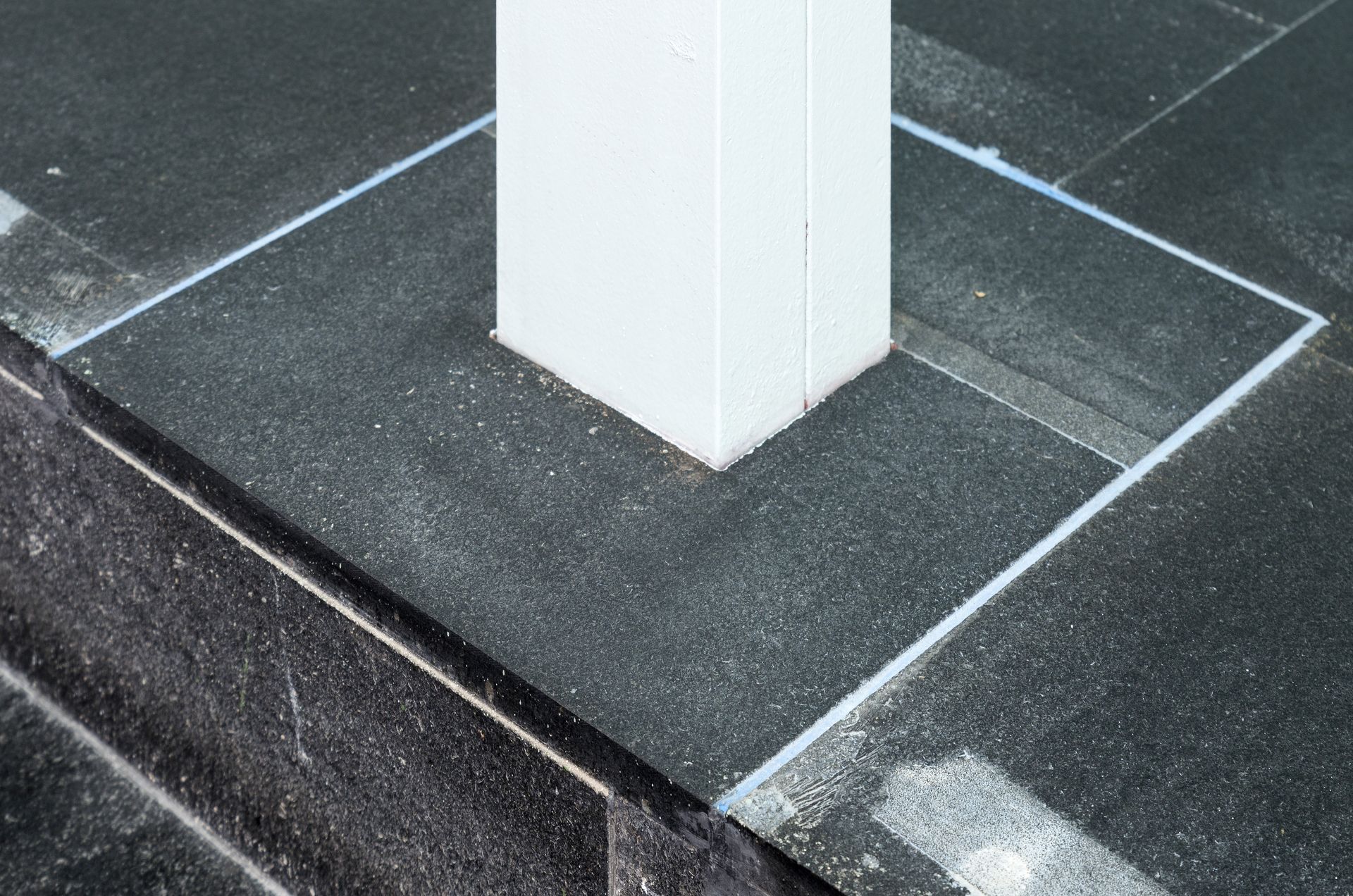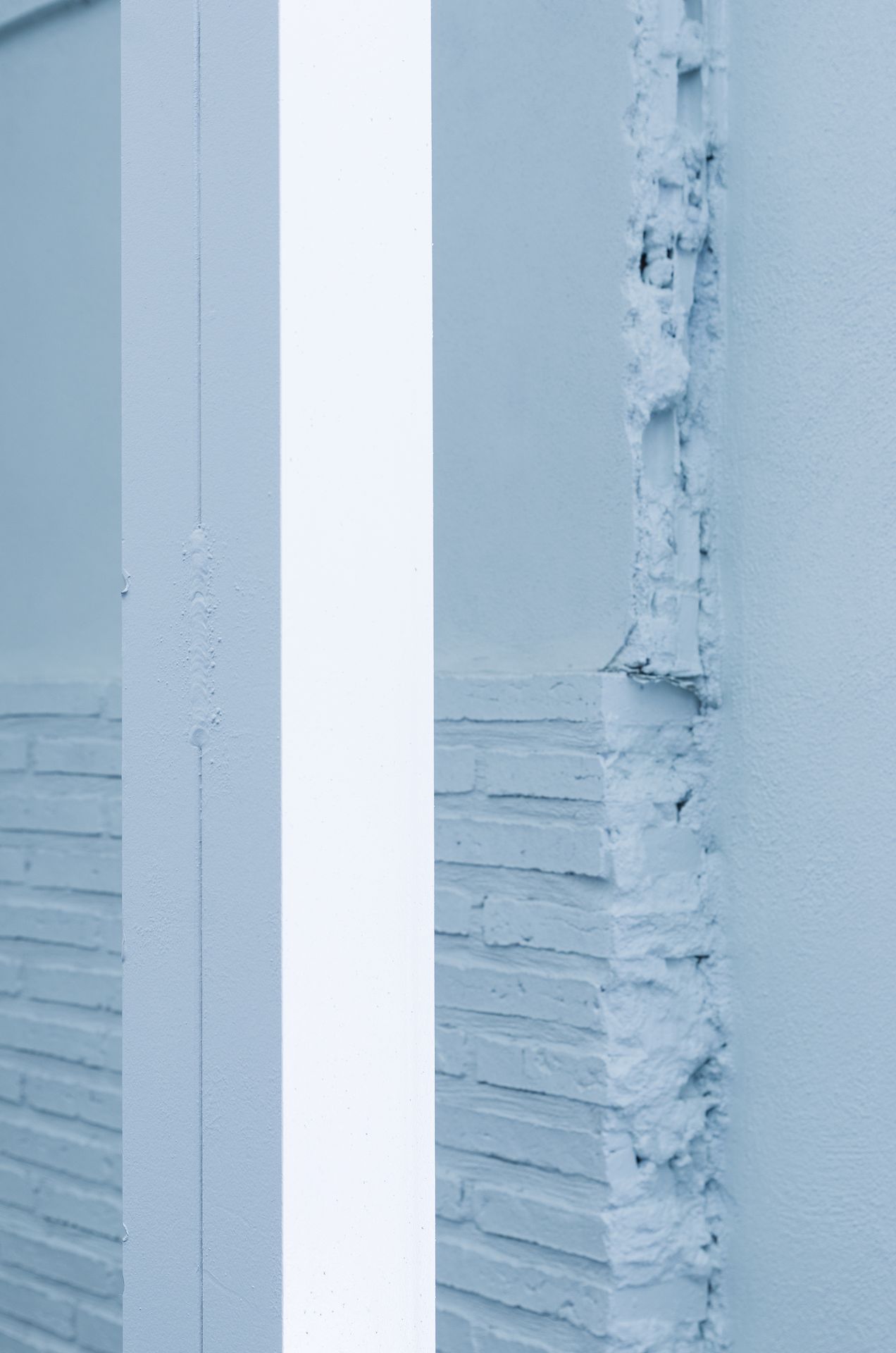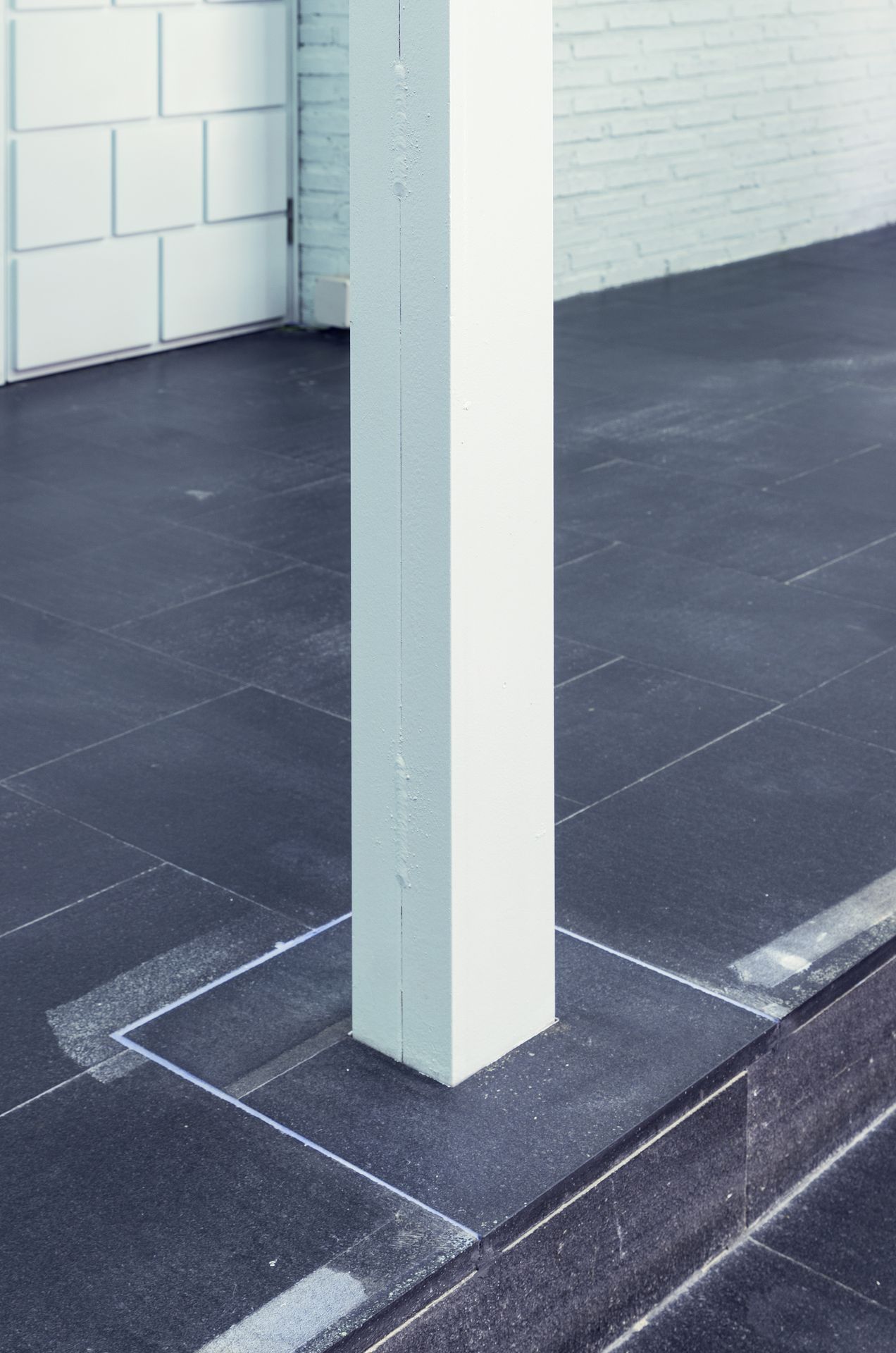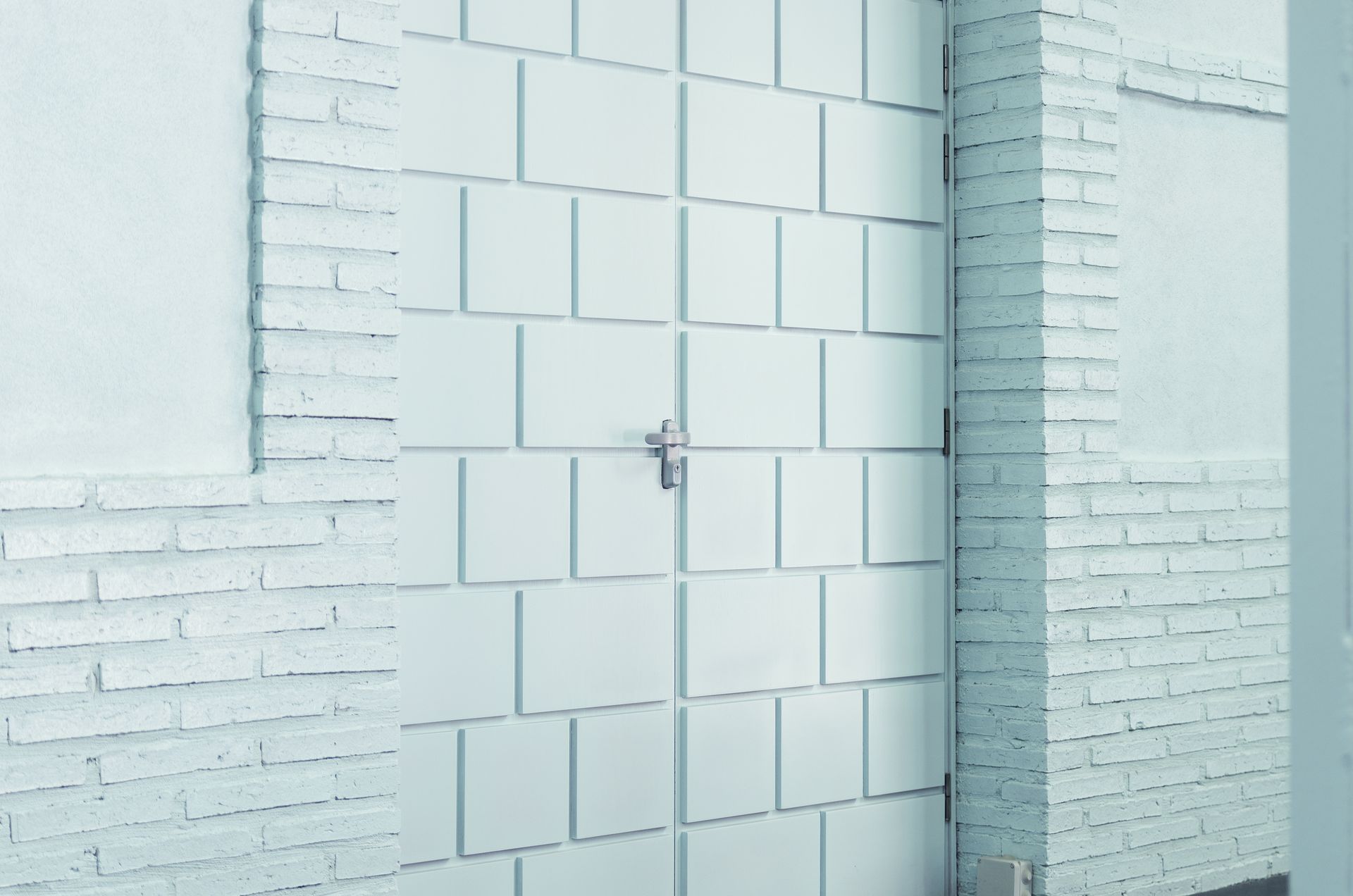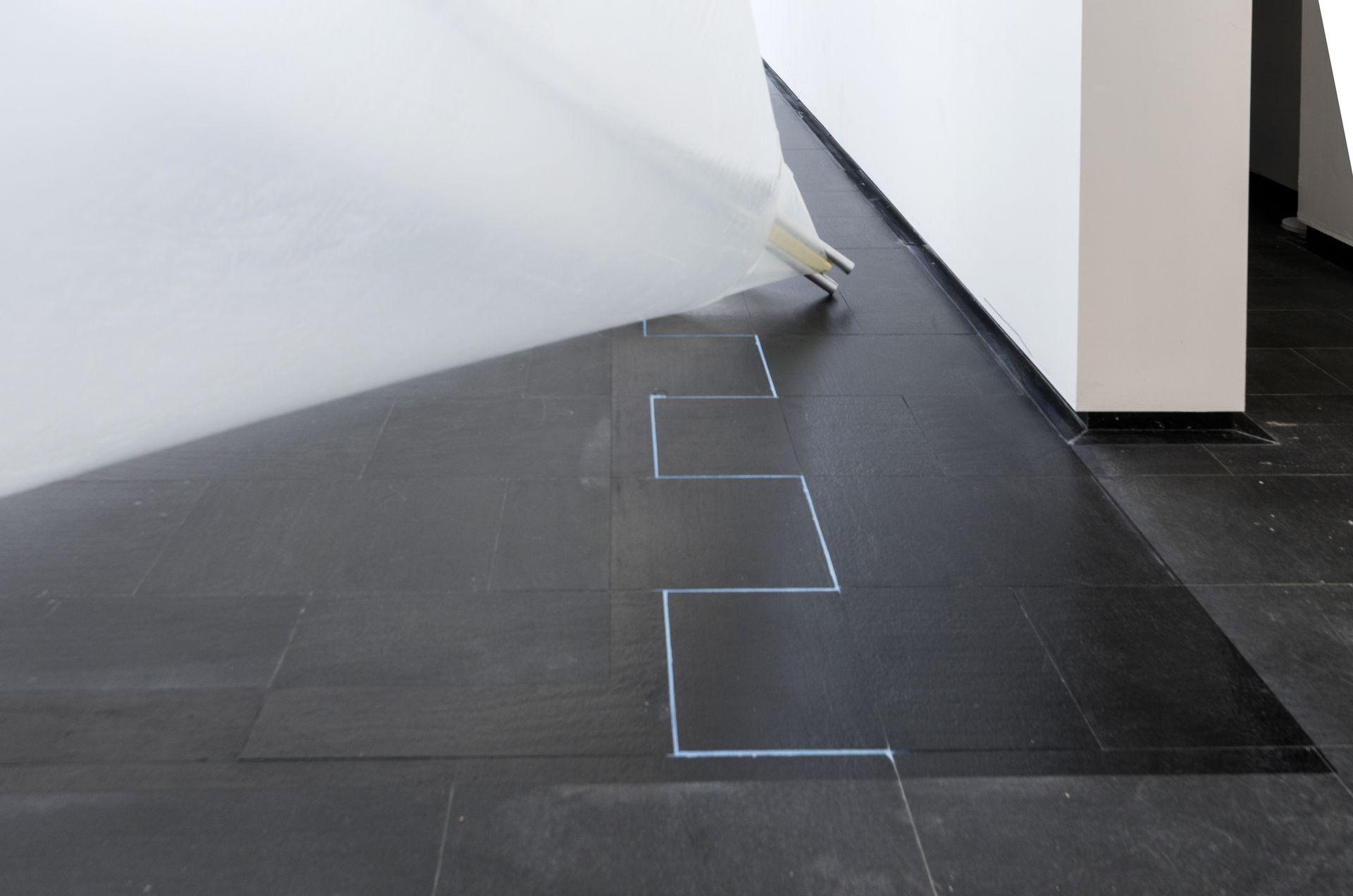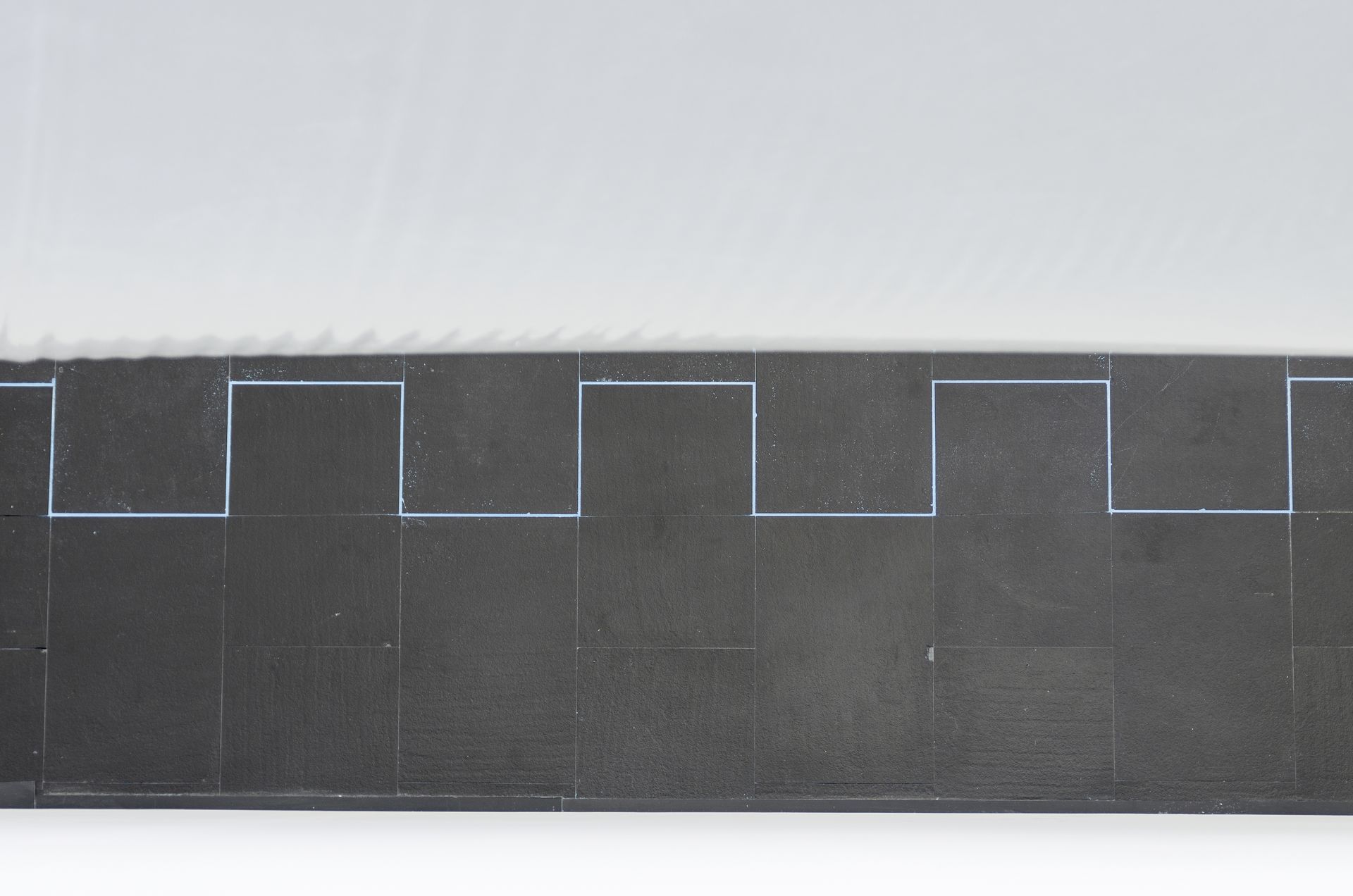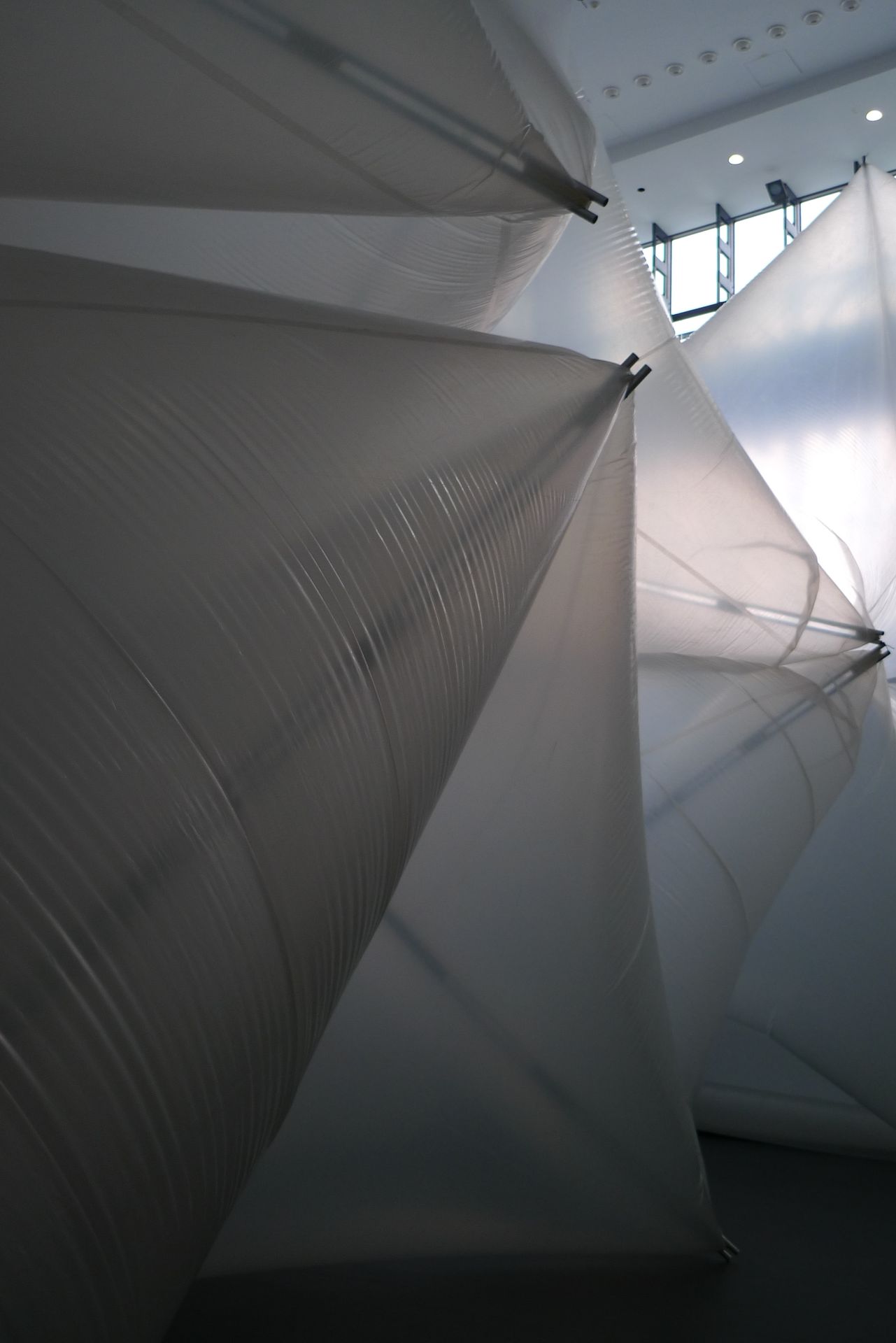About the project
In response to being invited to renovate the CA2M, a museum in central Spain, the project proposes that rather than close the building during remodeling, the museum should remain open so that the architecture itself is an object on display.
RESET CA2M endeavors to show that architecture is much more than the realization of a finished object, but rather requires navigating a tangle of bureaucracies and regulations.
The original building, constructed in 2008 as a museum of contemporary art, has never worked well for its purposes. The museum recently received a donation of important and significant art—from contemporary giants like Damien Hirst to older artists like Dan Flavin and Donald Judd. This collection, added to the museum’s original collection, has expanded the institution beyond what the original museum building imagined and intended.
Instead of demolishing the building to construct a new one on the same site, the Office for Political Innovation designed a protocol and master plan to transform the museum without closing the institution, which would affect not only the building but the network of people responsible for running it.
The project is based on three principles. The first one is to distribute the transformation of the building over time. Rather than a final version of the building built at once, the project is a timeline of actions that accumulate, one on top of the other, to produce a totally different material setting and infrastructure for the museum.
The second principle is that the process of architectural transformation can be coupled with the contents of the museum. So the actual building of the museum becomes an exhibition. It allows architecture to be discussed, scrutinized, and analyzed by the public, and it becomes an action of enrollment.
The third one has been conceived as a precautionary principle: by doing things sequentially there is an opportunity for each change to be experienced and discussed—not only by the architect or museum staff, but by a broader network of affected actors who then have the opportunity to inform the next steps with their opinions of what has already happened.
Credits
Andrés Jaque / Office for Political Innovation
With the special collaboration of artists: Dora García, Cabello-Carceller y Sergio Prego
Design and Porduction Team
Roberto González García, Luis González Martínez-Cabrera, Laura Mora Vitoria, Sebastian Bech-Ravn, Víctor Cano Ciborro, Ana Fernández Martínez, Marina Fernández Ramos, Marta Jarabo Devesa, Federico Landi, Jorge Noguera Facuseh, Víctor Nouman García, David Rodrigo Silgado.
